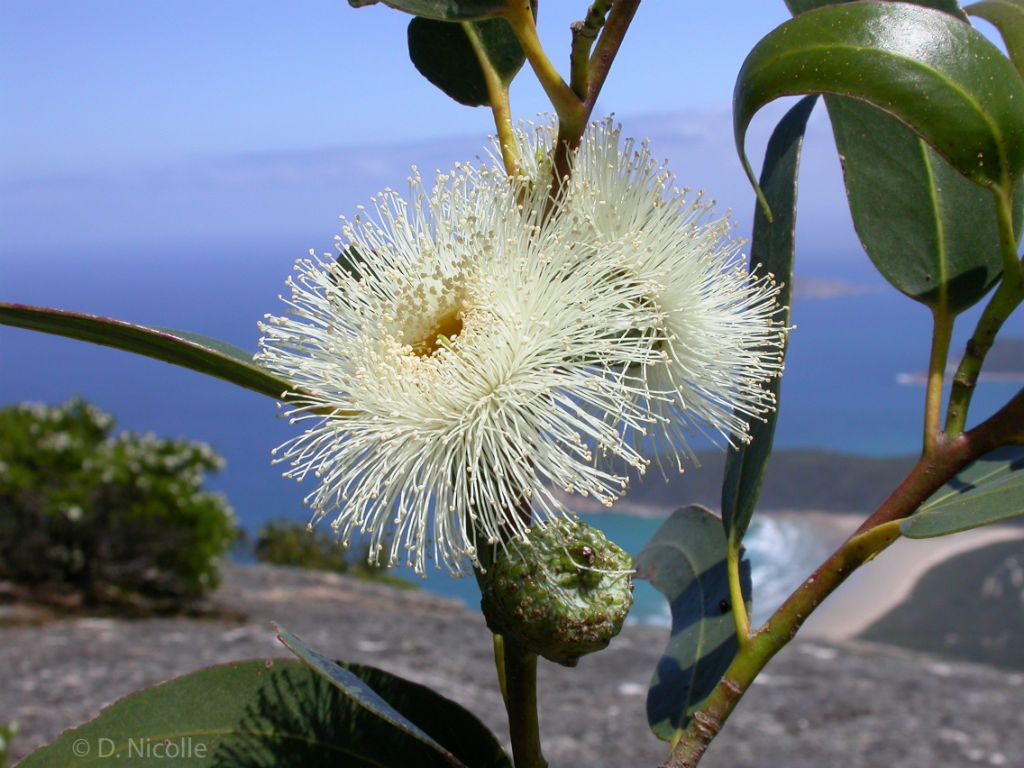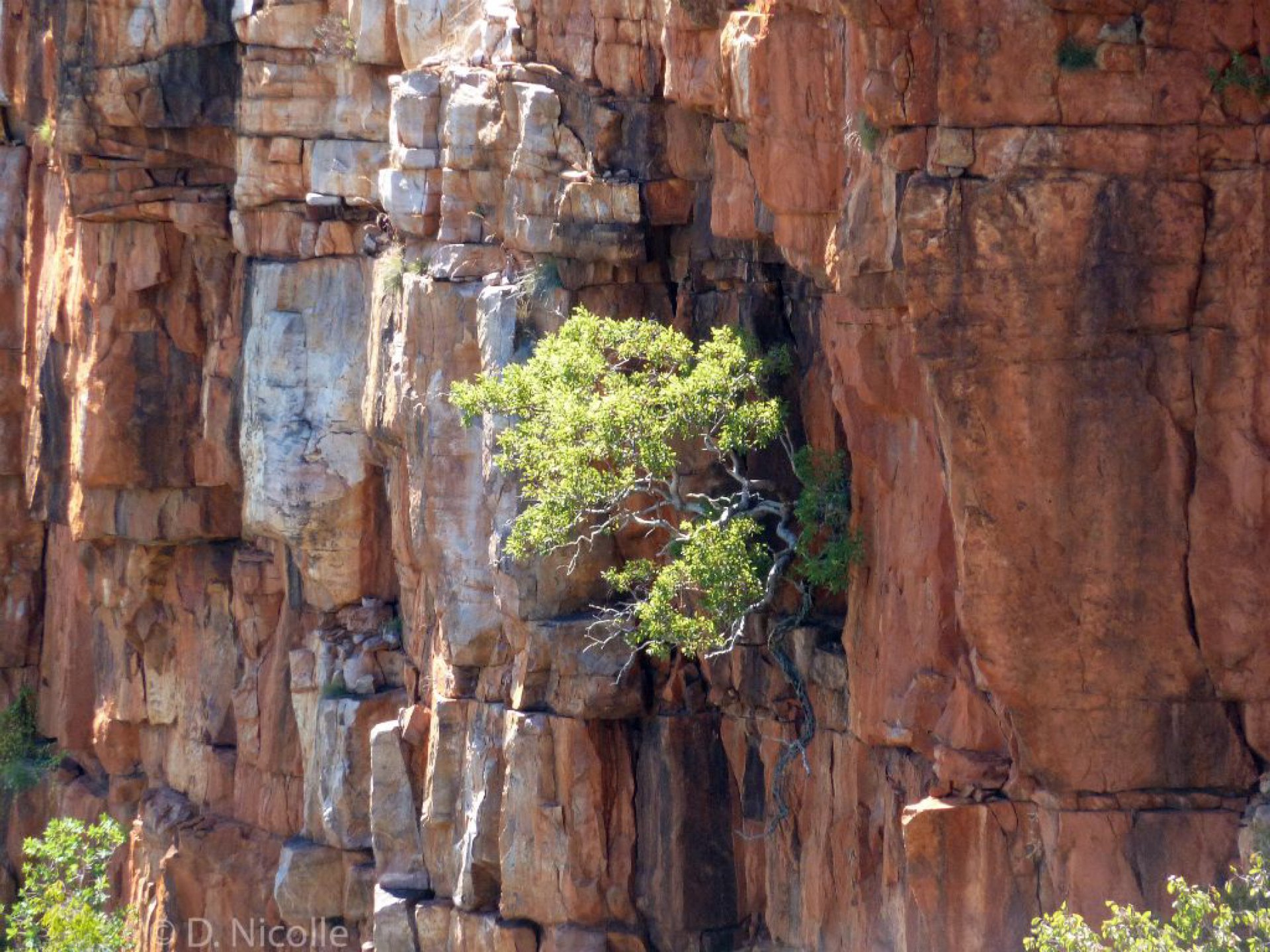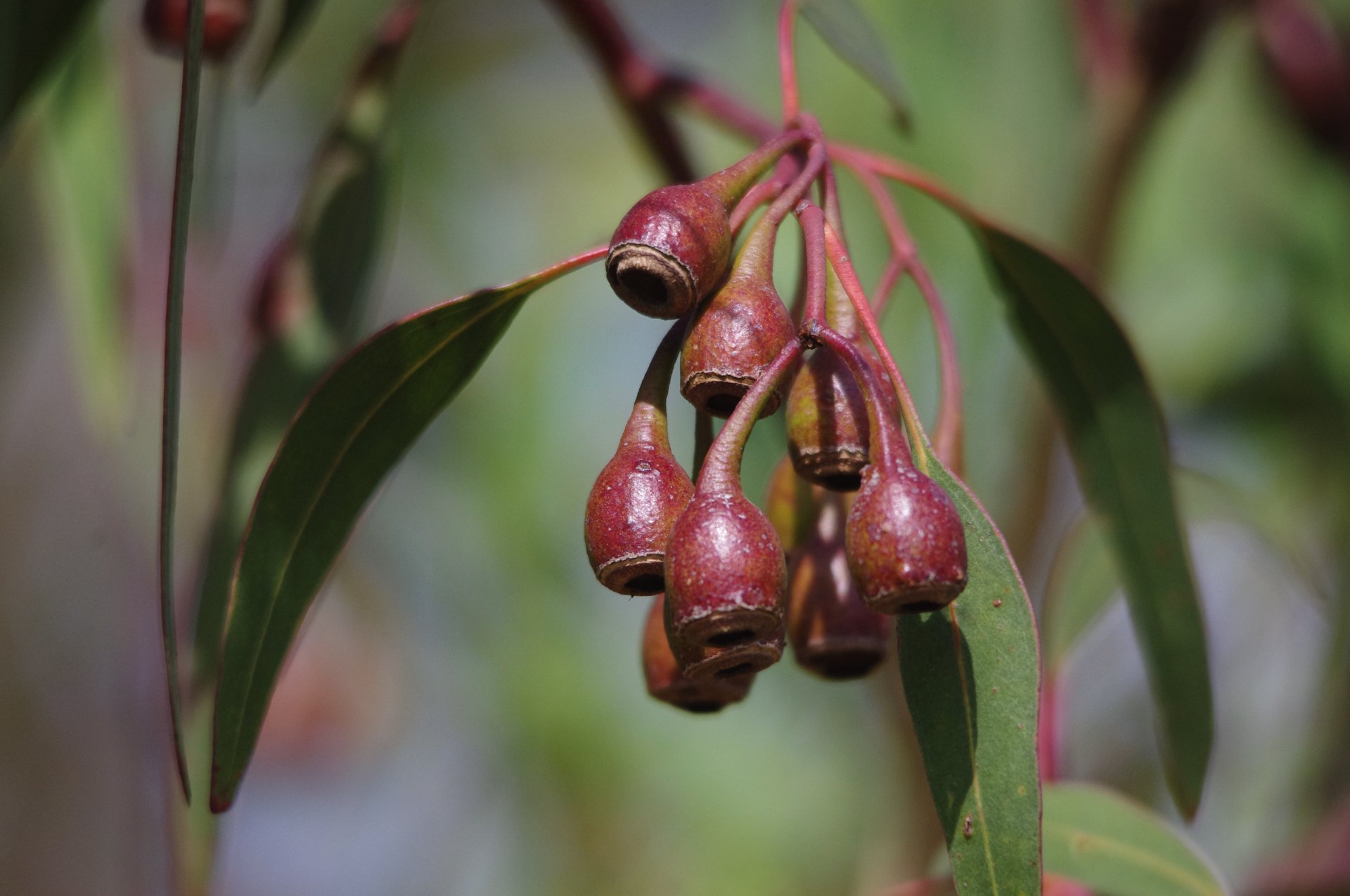Hailing from South Australia, Dr Dean Nicolle seems to have long held an interest in botany. From early beginnings studying horticulture in secondary school, to science at the University of Adelaide, and finally a PhD in plant systematics at Flinders University, it’s safe to say that Dean has a well established passion for plants. Not just any plants though – eucalypts. Now self-employed as a consulting arborist, botanist and ecologist, eucalypts are so much of a specialty for Dean that he manages the world-renowned Currency Creek Arboretum, which contains over 800 species of these incredible organisms. But it doesn’t stop there – Dean has also authored over 50 research papers on eucalypts, and has written several references book on, you guessed it, eucalypts.
There is no doubt that Dean’s knowledge of and experience with eucalypts is immense. It therefore seemed more than appropriate for Remember The Wild to take the opportunity this March – the month of National Eucalypt Day – to have a chat with Dean about his work with these unique and incredible plants, and why they are worth celebrating.
On a personal level, why do you think so much of your work revolves around eucalypts? Why do you think they’re special?
I’ve been interested in plants since I was about eight years old, and in eucalypts specifically since I was about twelve. I became interested in eucalypts because of the large number of species in the group, their diversity in form, their occurrence in almost all natural and artificial landscapes in Australia, and because they were considered ‘challenging’ to identify.

Is there anything particularly incredible that you’ve discovered about eucalypts throughout your work as a researcher?
That there is still so much to learn about eucalypts and that there is so much diversity in the group (there are over 800 species after all!). And with a lot of field work, a keen eye and good research, it is still possible to discover unnamed species!
We often hear Australia being called the land of the eucalypt. What, in your opinion, is a trait of eucalypts that best embodies Australia?
Their smell. You become ignorant of their smell in Australia, but when overseas and away from eucalypts for any length of time, their smell is immediately pungently recognisable when you do come across an exotic planted stand, and that smell immediately takes you back to Australia.

Are there ways that novices can identify eucalypts to at least group level (e.g. box, Corymbia, peppermints) so that individuals can connect better with them?
Every group of eucalypts, including each species, is identified by a suite of traits, rather than by a single feature. The key to a better understanding of the different groups and species is to spend time with them, learning which traits define which species, and thinking about why these traits might be evolutionarily advantageous for the species.
Of course, it is not necessary to put a label (a name) on something to appreciate and connect with it. Part of one’s connection with eucalypts is their diversity, their non-conformity, and their mystique.
Eucalypts appear to be one of the most complex plant groups to understand in terms of taxonomy. Do you think we will ever get a complete understanding of the relationships within this group?
As with everything in life, science continually provides improved knowledge, but there will never be an ‘end point’ in which we know all there is to know about eucalypts.
We do, however, already have a good understanding of many aspects of the eucalypts, but much of this knowledge is tainted with negative stereotypes and misinformation, or is not known or understood by the wider community.

There is so much variety in eucalypts, from massive Mountain Ash to scruffy mallees, from post-fire re-sprouters to obligate re-seeders. What would your recommendations be for places we could go throughout Australia to appreciate this diversity?
The best place to see a diversity of eucalypts in the wild is south-western Western Australia, where you can see hundreds of species within 100 kilometres of each other, from the massive Red Tingle trees with trunk circumferences over 20 metres, to shrubs less than a metre tall. Most of the species with large colourful flowers come from south-western Western Australia, and the diversity in bark, leaves and fruits is also greatest there.
Currency Creek Arboretum in South Australia is a more compact place where you can appreciate the diversity of eucalypts, as it has over 800 species planted on a 30-hectare site.
Finally, what is your vote for Eucalypt of the Year?
I would choose Eucalyptus ceracea (Silver Yellowjacket). This species is most unusual and spectacular, with its rusty-orange bark, silvery foliage and large masses of bright orange flowers. It is very rare, known from a few stands scattered in the remote parts of the Kimberley of WA, and attempts to see it in the wild are always a big adventure!
If you’d like to learn more about Dean’s work and the Currency Creek Arboretum, visit his website.
Banner image courtesy of Cathy Cavallo.


Leave a Reply